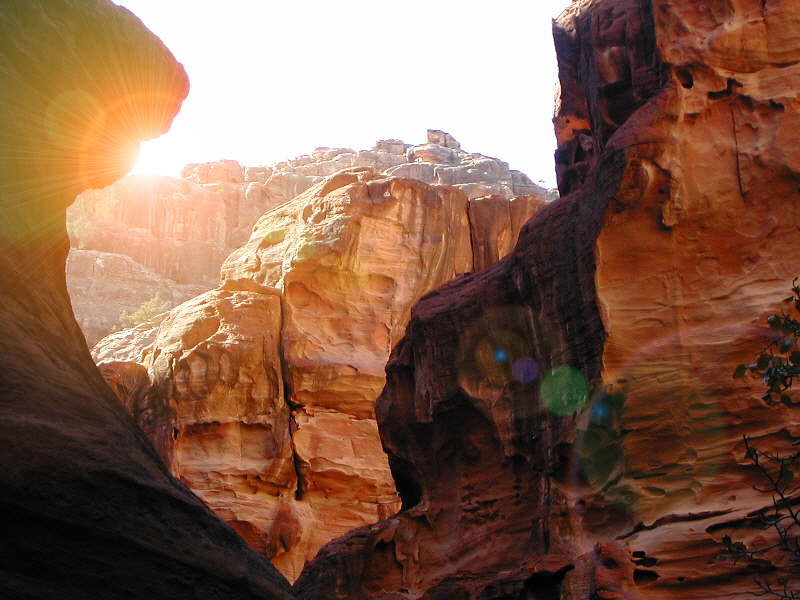| Visual Basic (Declaration) | |
|---|---|
Public Class LensFlareCommand Inherits RasterCommand Implements IRasterCommand | |
| Visual Basic (Usage) |  Copy Code Copy Code |
|---|---|
| |
| C# | |
|---|---|
public class LensFlareCommand : RasterCommand, IRasterCommand | |
| C++/CLI | |
|---|---|
public ref class LensFlareCommand : public RasterCommand, IRasterCommand | |
Run the LensFlareCommand on an image.
| Visual Basic |  Copy Code Copy Code |
|---|---|
Public Sub LensFlareCommandExample() | |
| C# |  Copy Code Copy Code |
|---|---|
public void LensFlareCommandExample() | |
Secondary reflections are caused when bright lights are facing the camera lens. These reflections can show up as spots or banding. The command adds this effect to the image by controlling their number, position, brightness and size of the spots or banding. Each lens type has its own spot distribution and ray thickness. This command supports 12- and 16-bit grayscale and 48- and 64-bit color images. Support for 12- and 16-bit grayscale and 48- and 64-bit color images is available only in the Document/Medical toolkits. This command does not support signed data images. For an example, see the following figure: 
The following figure shows the same image, after the effect has been applied: 
This command does not support 32-bit grayscale images.
System.Object
Leadtools.ImageProcessing.RasterCommand
Leadtools.ImageProcessing.SpecialEffects.LensFlareCommand
Target Platforms: Microsoft .NET Framework 2.0, Windows 98, Windows NT 4.0, Windows Millennium Edition, Windows 2000, Windows XP Home Edition, Windows XP Professional, Windows Server 2003 family
Reference
LensFlareCommand MembersLeadtools.ImageProcessing.SpecialEffects Namespace
AddNoiseCommand
EmbossCommand
MosaicCommand
MotionBlurCommand
OilifyCommand
PosterizeCommand
RemoveRedEyeCommand
SolarizeCommand
BumpMapCommand Class
CubismCommand
DrawStarCommand Class
FreePlaneBendCommand Class
FreeRadialBendCommand Class
DryCommand Class
GlowCommand Class
GlassEffectCommand Class
LightCommand Class
OceanCommand Class
PlaneBendCommand Class
PlaneCommand Class
SampleTargetCommand
TunnelCommand Class
BendCommand Class
CylinderCommand Class
FreeHandShearCommand Class
FreeHandWaveCommand Class
ImpressionistCommand Class
PixelateCommand Class
PolarCommand Class
RadialBlurCommand Class
RadialWaveCommand Class
RippleCommand Class
SphereCommand Class
SwirlCommand Class
WaveCommand Class
WindCommand Class
ZoomBlurCommand Class
ZoomWaveCommand Class
ColoredBallsCommand Class
DiffuseGlowCommand Class
BricksTextureCommand Class
CanvasCommand Class
CloudsCommand Class
ColoredBallsCommand Class
DiffuseGlowCommand Class
DisplacementCommand
FragmentCommand Class
HalfTonePatternCommand
MaskConvolutionCommand
MosaicTilesCommand Class
OffsetCommand
PerspectiveCommand Class
PlasmaCommand Class
PointillistCommand Class
RomanMosaicCommand Class
VignnetCommand Class
ZigZagCommand Class
AdjustTintCommand
ColorHalftoneCommand




